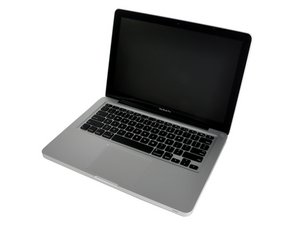Two SSD´S two OS´, only one will boot.
I decided to upgrade my Macbook Pro with an SSD, which improved my overall experience quite a lot! So I wanted to install Windows as well, I went on and bought a second SSD and a caddy to keep everything nice and separated. Then I tried to install Windows, but it wouldn´t let me install Windows from the caddy, so I swapped the disk to the main bay and installed Windows no problem. After the installation finished I swapped the drives back so that MacOS´ disk would be on the main bay, and Windows on the caddy in the secondary SSD. MacOS boots as good as new from the main bay, but Windows takes forever to load but will boot eventually, however, it´s extremely slow, basically unusable. I´ve also discovered that any OS disk I mount into the caddy whether MacOS or Windows is basically unusable due to it taking forever to boot and load anything. Is there a way I can make both run smoothly?
I´ll list the modifications I´ve made to the computer.
- ADATA SU800 SSD 512GB 6GB/S - MacOS High Sierra.
- ADATA SU650 SSD 120GB 6GB/S - Windows 10 Home SL.
- Corsair 8GB RAM + Original RAM 2GB = 10GB RAM
- Caddy for SSD or HDD.
crwdns2934109:0crwdne2934109:0


 1
1 
 329
329  970
970